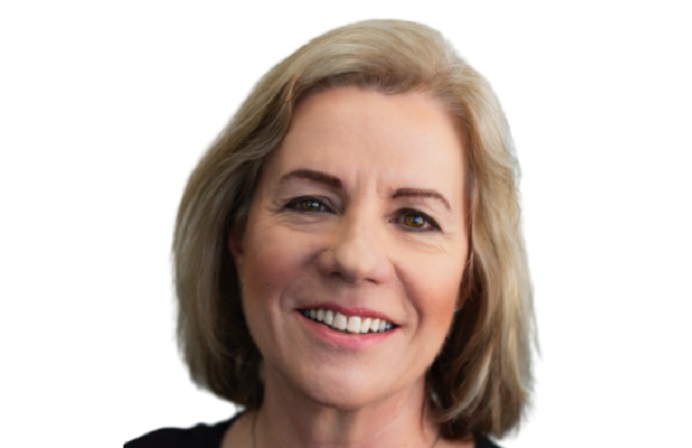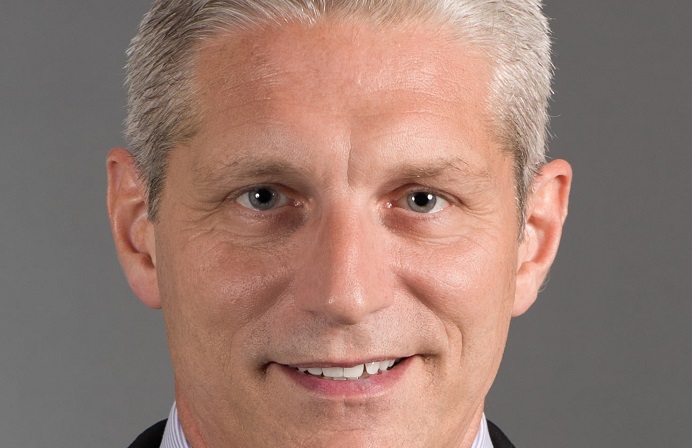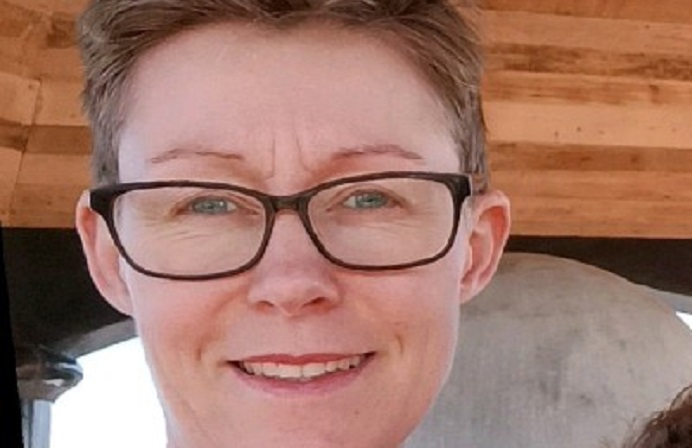
FST Media: What are your IT priorities for the next 12 to 18 months?
Cebrian: My focus would be two-fold. The first priority we will be putting a lot of effort to remove legacy systems. We are introducing new systems, new applications and new services and we have to be sure these do not override legacy, our aim is not only to build new, but to reduce the amount of legacy we have built over the years.
The second priority which we are paying a lot of attention to is around customer services digitalisation and to deliver a new customer service experience through a service interface that will deliver a new set of services for our clients.
FST Media: What will banking look like in 2020?
Cebrian: 2020 sounds very far, but actually it is very close. I think there will be a way of banking that will respond better to our customers’ needs, and we would have fully embedded our services in a pervasive digital environment where the boundaries of physical and digital will no longer exist.
Today we make distinctions between what is digital and what is physical, I think in 2020 no one will make this kind of differentiation, and I expect that we will be closer to our clients. We will be able to deliver our banking services wherever they are and whenever they need us.
FST Media: How has ING Direct’s virtualised Bank in a Box platform streamlined the banks’ core infrastructure and how will you measure its success?
Cebrian: Over the last three years an on-going number of transformational programs have contributed to establish the foundational pillars to support ING DIRECT’s business operations, enabling change and transformation in a sustainable manner, Bank in a Box was the trigger of an evolutionary renewal of our IT infrastructures and processes enabling new and emerging technologies to support and enable business development transforming ING DIRECT to become a more nimble organisation.
In summary Bank in a Box is the corner stone of the transformation of our IT organisation through the modernisation of our core banking systems and infrastructures developing a truly DevOps organisation and operational model based on industry best practices and standards for Private Cloud Computing and Agile/Lean software development.
We are measuring the success in a very basic way – time to market and quality of service. These are the two main criteria that we are using in order to ensure the success of Bank in a Box. Besides that, the roll-out and maturing Bank in a Box continuous development and integration program helped us to reduce our total cost of ownership and significantly helped us to improve our development processes.
FST Media: What challenges has ING Direct overcome in creating agile testing and development architecture?
Cebrian: Overcoming legacy frameworks and ancillary processes with very high cost of ownership. The main challenges to overcome during the development and implementation of Bank in a Box was the migration of the legacy infrastructures we have today running legacy applications and to be able to bring them into this new delivery and development framework.
Our main challenge was related to our COTS systems or software packages migration, some of them old applications that needed to be brought into the new infrastructure.
FST Media: What value will ING Direct’s participation in the new Eftops Payments hub deliver to the business?
Cebrian: I think we will see some financial benefits, as you avoid intermediary costs. But it also brings to the business basic underlying capabilities that will help address and improve the customer experience through the implementation of real-time interfaces, and it can help streamline and further develop our services offering.
FST Media: How will the development of the new payments platform drive innovation and competition?
Cebrian: I think that in this case the payments industry is developing very fast and we will see many new entrants. Today, like in the past, with the development of debit and credit card businesses and ATM systems, with the eruption of digital, there are many new opportunities for people to enter into different steps of the payment value chain. This is really opening up the opportunity for innovation and increasing competition, but also giving the opportunity for non-incumbent businesses to look at new ways of doing things and explore opportunities.
FST Media: How does ING Direct’s mobile application strike a balance between security and convenience?
Cebrian: Leveraging as much as possible what is the embedded security of the end-point. What we are trying to leverage here is to change the way that we are deploying services to our clients using as much as possible the security features that the end-points are bringing to us. With that you can simplify the way clients access your services and applications. This is where we are putting our main focus into our application designs; how much you can delegate to the end-point, how much you can delegate to the client in order to break the barriers for them to access the bank.
FST Media: How do you encourage a culture of innovation in your team?
Cebrian: Giving my team the freedom to work on new proposals, but I would say that the culture of innovation is not only at team level, but at group level. The appointment of the new Group CEO brought a new approach to innovation, appointing a new Chief Innovation Officer that is reporting directly to the Group CEO, and locally contributing as a more nimble organisation to the group innovation efforts, as we speak we have recently started new initiatives to contribute to the group innovation strategy, including working with the business to bring new value proposals to the market that could be re-used or copied by ING Group worldwide at later stage.
We are working very hard and very close with the business in design and development of new value proposals to bring them to the market. So for innovation in itself I do not see it as something isolated in IT, I see that at the Group and Business Unit level, breaking the functional barriers and putting together all the necessary teams to develop new value propositions will bring innovative product proposals to the market and our customers.
FST Media: What technology or innovation has had the most significant impact on your career?
Cebrian: I would say that it has been people. I have worked in IT for 20 years, and if something has made the difference in the way that I have looked at technology it has been some of the people I have had the privilege to work with or that I have interfaced with in the past, both internally and externally.
FST Media: Every Leader has a legacy they wish to be remembered for, what is yours?
Cebrian: This again is about people. If I would like to leave a legacy behind it would be a leadership style that is based on helping your team develop personally and professionally, and simply that I would be remembered as a good professional and good people manager that helped to change things for better.





